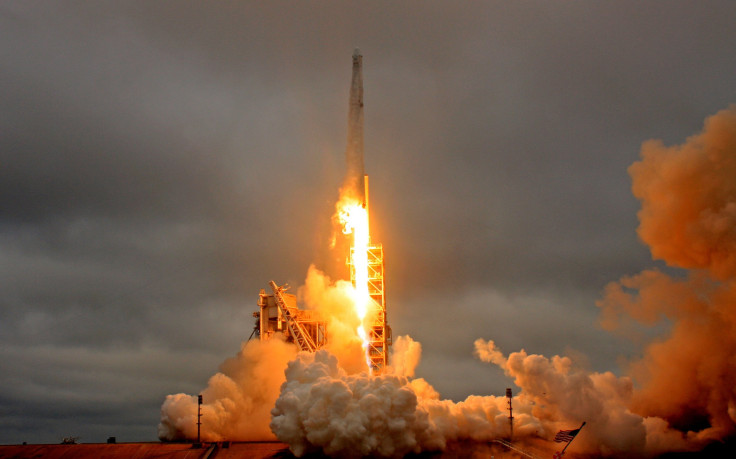SpaceX News: Dragon Capsule Splashes Down Safely In Pacific

The SpaceX Dragon capsule successfully splashed down in the Pacific Sunday and was loaded aboard a transport for the rest of the trip home.
The capsule, mounted on a Falcon 9 rocket, carried 5,500 pounds of supplies and experiments to the International Space Station after launch Feb. 19 and began its trip back to Earth about 5 a.m. EDT Saturday, loaded with 3,641 pounds of cargo. The capsule splashed down at 11:48 a.m. EDT off Long Beach, California.
Dragon is headed to port for a cargo handover to @NASA. https://t.co/C3Pix9DGAg pic.twitter.com/wPdFTlsNsP
— SpaceX (@SpaceX) March 19, 2017
The next SpaceX mission is scheduled to launch no earlier than May, as part of a contract that runs through 2024. Orbital ATK is scheduled to launch a Cygnus cargo craft later this week from Cape Canaveral, Florida.
Read: Plans For Bringing The Internet To Space
The Dragon capsule was packed with samples from technology and science experiments aboard the ISS, everything from stem cell studies for cancer research to equipment that could make it possible to refuel and service satellites while they’re in orbit.
NASA said some of the cargo would be removed and sent to NASA immediately for processing while the capsule itself will go back to the SpaceX test facility in McGregor, Texas.
Read: SpaceX Launch Schedule 2017
"Today we said goodbye to the #Dragon! She is taking part of us back to the ground with her — important scientific samples, some from the crew!" French astronaut Thomas Pesquet, who is on a six-month mission aboard the ISS, tweeted.
“I know scientists can’t wait to get their hands on their results, and thanks to return vehicles like Dragon, the ISS is able to fulfill its mission of science and discovery,” Pesquet, who along with Shane Kimbrough oversaw the ship’s departure from space, told NASA.
Among the experiments was a stem cell experiment in which the crew observed cell growth and other characteristics in a weightless environment. NASA said the experiment will provide insight into how human cancers start and spread, and could lead to treatments and prevention.
The tissue regeneration-bone defect study sponsored by the Center for the Advancement of Science in Space and the U.S. Army’s Medical Research and Materiel Command examined what keep vertebrates from regrowing lost limbs and some wounds from healing.
“We’re trying to understand what happens in the body as the bones start healing,” Rasha Hammamieh, the rodent research project’s chief scientist from the U.S. Army Center for Environmental Health Research, told Spaceflight Now.
The experiment has implications for those suffering from osteoporosis as well.
The Dragon also brought back the Optical PAyload for Lasercomm Science device, which was tested to determine whether a laser can be used to communicate with Earth from a moving spacecraft, materials that were tested for radiation tolerance and a robotic refueling technology for satellites.
This was the Dragon’s 10th mission to the space station.
© Copyright IBTimes 2024. All rights reserved.






















